
Shimadzu GC Driver for Waters Empower
Gas Chromatograph
Up to four types of injection units or six types of detectors can be selected depending on the purpose of analysis and target components. Four detectors can be controlled simultaneously using LabSolutions.
Note: The number of detectors installed depends on the type. The injection port can control up to two devices simultaneously.| Split/Splitless Injector (SPL) |
|
|---|---|
| Direct Injection Unit (WBI) |
|
| On-Column Injection Unit (OCI) |
|
| Programmed Temperature Vaporization Injector (PTV) |
|
| Packed Column Injection Unit (SINJ) |
|
|
Barrier Discharge Ionization Detector (BID)
|
The barrier discharge ionization detector (BID-2030) is a universal detector that offers high-sensitivity analysis by using a low-frequency dielectric barrier discharge plasma for ionization. The BID generates helium (He) plasma by applying a high voltage to a quartz glass tube. The light energy from the He plasma then ionizes the target components and the ions are collected and output as peaks using a collection electrode. A wide variety of compounds other than He and neon (Ne) are detected with high sensitivity. |
|---|---|
| Flame Ionization Detector (FID) | The jet and collector structure on the flame ionization detector (FID-2030) has been optimized to provide improved performance. Noise levels were also decreased by improving the stability of the signal processor and flow controller. This results in the world’s most sensitive FID*. |
| Sulfur Chemiluminescence Detector (SCD) | SCDs are the most sensitive GC detectors for measuring sulfur components. The Nexis SCD-2030 is equipped with an ultra-short flow path and high efficiency redox cell, so it provides the world’s highest level* of sensitivity and stability. In addition, detector startup is automated, easing the burden on operators. |
| Thermal Conductivity Detector (TCD) |
|
| Flame Photometric Detector (FPD) |
|
| Electron Capture Detector (ECD) |
|
| Flame Thermionic Detector (FTD) |
|
*As of July 2021, according to a Shimadzu survey
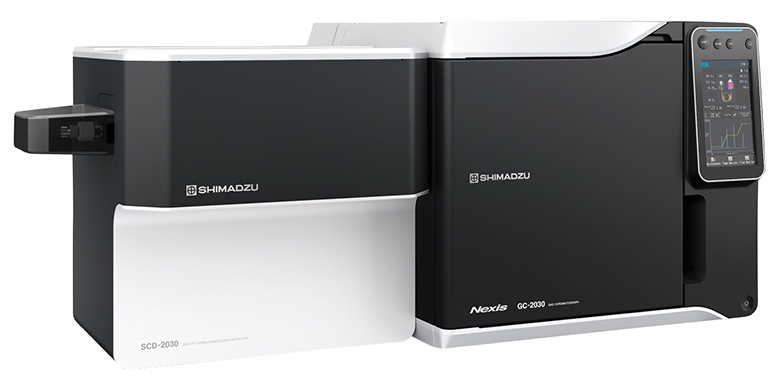
Nexis SCD-2030

AOC-20i/AOC-20s

Py-GCMS
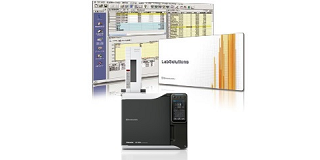
Distillation Gas Chromatograph System

Refinery Gas Analysis

GC Consumables
SH-I-1MS
SH-I-5MS
SH-I-1HT
SH-I-5HT
SH-I-5Sil MS
SH-I-XLB
SH-I-17
SH-I-35Sil MS
SH-I-17Sil MS
SH-I-PAH
SH-I-624Sil MS
SH-I-1301Sil MS
SH-1
SH-1 PONA
SH-5
SH-5MS
SH-20
SH-35 / SH-35MS
SH-50
SH-65
SH-65TG
SH-1301
SH-624
SH-1701
SH-200 / SH-200MS
SH-225
SH-440
SH-502.2
SH-2330
SH-2560
SH-Wax
SH-PolarWax
SH-1614
SH-OPP2
SH-CLP / SH-CLP II
SH-VMS
SH-Volatil Amin
SH-PCB
SH-VRX
SH-FAME
SH-BAC Plus 1 / SH-BAC Plus 2
SH-5 Amine / SH-35 Amine
SH-PolarD
SH-PolarX
SH-PolarWAX MS
SH-Alumina BOND Na2SO4
SH-Alumina BOND KCL
SH-Msieve 5A
SH-Q-BOND
SH-U-BOND
SH-MetalX-1
SH-MetalX-1HT SimDist
SH-MetalX-5
SH-MetalX-1701
SH-MetalX-WAX
SH-MetalX Biodiesel TG
SH-I Guard Retention Gap Columns
SH-Particle Trap (for PLOT columns)
SH-IP Guard Columns
SH Guard Columns Polar Deactivation
Integrated Guard Columns
SH-MetalX-Siltek Guard Column
SH Guard Columns Base Deactivated

Method Optimization System Triple Capillary Column GC

Gas Filter

Natural Gas Analysis
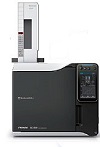
Gasoline/Fuel Analysis

Detailed Hydrocarbon Analysis
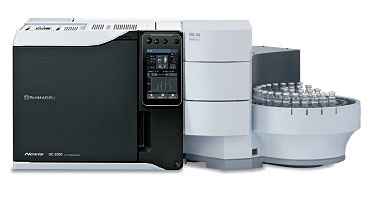
Transformer Oil Gas Analysis

Impurity Analysis in Bulk Gas

Trace Sulfur Analysis

Other Liquid / Gas Samples

Green House Gas Analysis
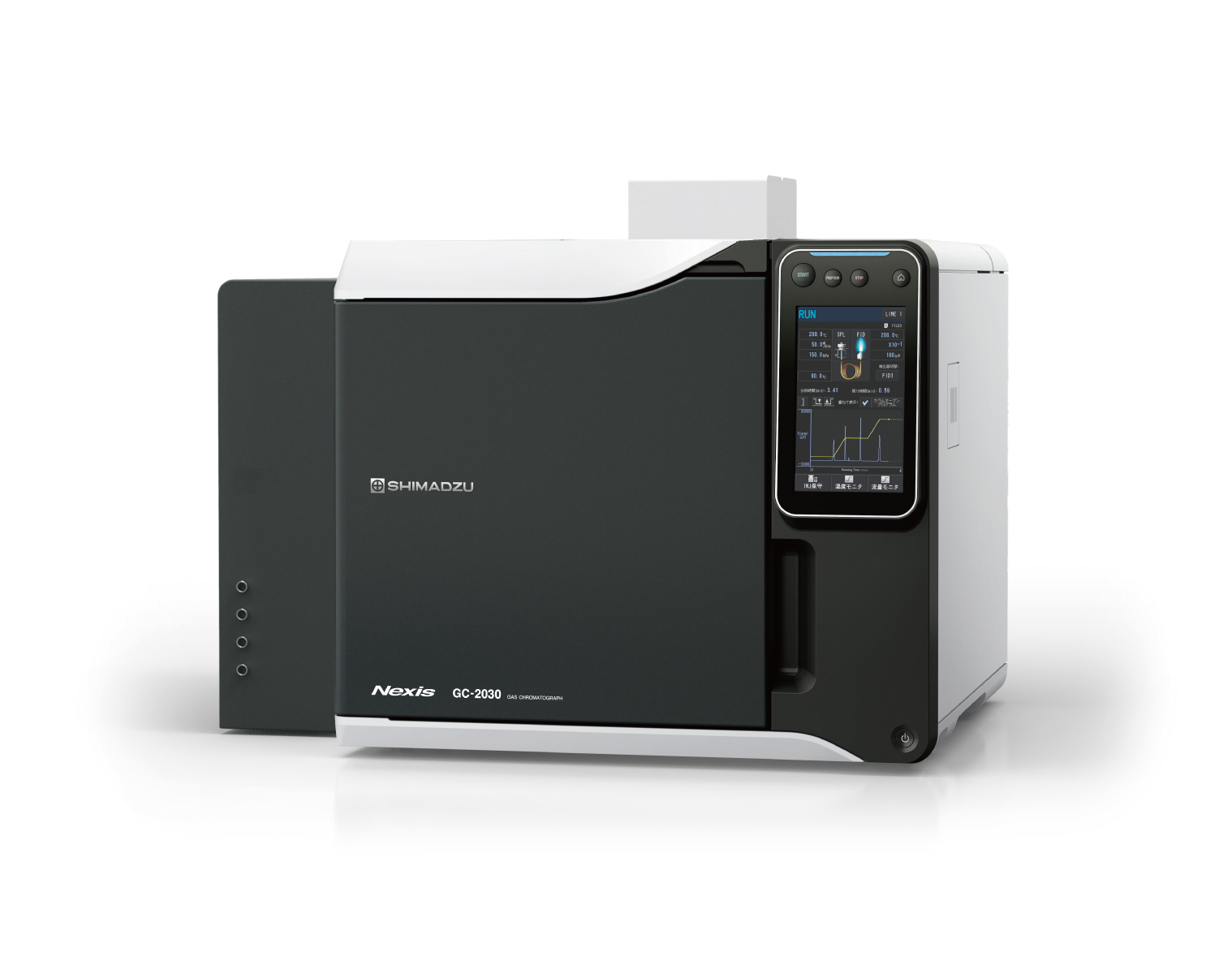
Trace Moisture Analysis System

LabSolutions LCGC

VUV PIONA+ Analysis